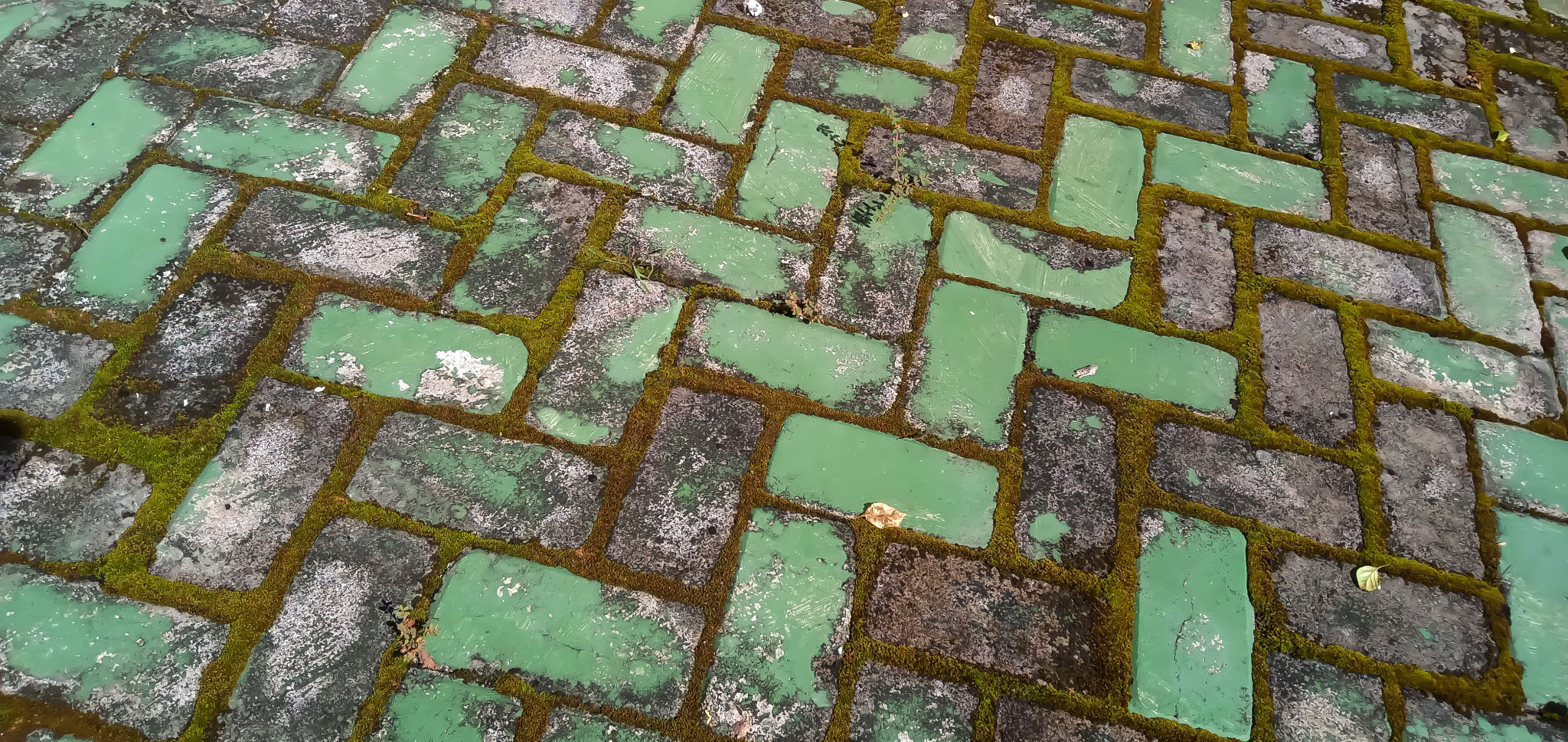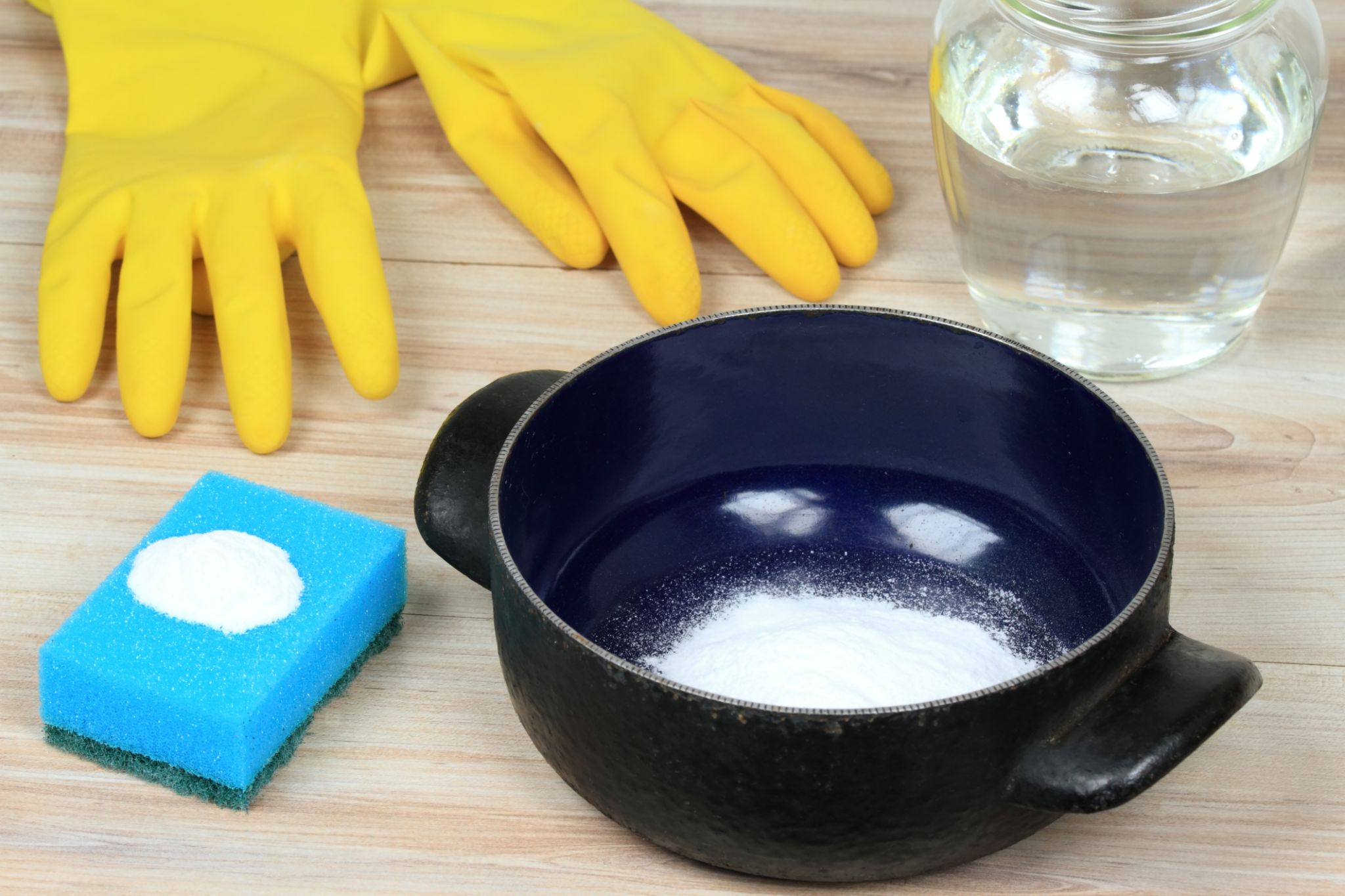Effective Methods for Removing Algae from Your Driveway
Understanding Algae Growth on Driveways
Algae can be a persistent issue for homeowners, particularly during the damp and humid months. These slippery green or black patches not only detract from the aesthetic appeal of your driveway but also pose safety hazards. Understanding the root causes of algae growth is crucial in tackling this problem effectively. Algae thrive in moist, shaded environments, making driveways a perfect breeding ground, especially if they're not regularly cleaned.
One of the primary reasons for algae growth is water retention. Driveways that do not have proper drainage systems can accumulate water, providing an ideal environment for algae to flourish. Additionally, driveways shaded by trees or buildings are more susceptible to algae due to reduced sunlight exposure.

Natural Methods to Remove Algae
Using natural methods to remove algae from your driveway is an eco-friendly approach that minimizes harm to the environment. One effective technique is the use of a vinegar solution. Vinegar is a natural acid that can break down algae without damaging your driveway surface.
To use vinegar, mix equal parts of water and white vinegar in a spray bottle. Apply the solution generously over the affected areas and let it sit for about 15-20 minutes. Then, scrub the area with a stiff brush and rinse with water. This method is not only cost-effective but also safe for pets and plants.
Baking Soda and Water Paste
Baking soda is another household item that can help in removing algae. Create a paste by mixing baking soda with water until it reaches a thick consistency. Apply this paste directly onto the algae-covered areas and scrub with a brush. The abrasive nature of baking soda aids in loosening and removing the algae.

Chemical Solutions for Stubborn Algae
For more stubborn algae that do not respond to natural methods, chemical solutions may be necessary. Algaecides, specifically designed to target algae, can be effective. These products usually contain ingredients like benzalkonium chloride or sodium hypochlorite, which are potent against algae growth.
When using chemical solutions, it's important to follow the manufacturer's instructions carefully to avoid any damage to your driveway. Additionally, wear protective gear such as gloves and goggles to ensure your safety during application.
Pressure Washing
If you're looking for a quick and efficient method, consider using a pressure washer. Pressure washing can effectively remove algae and prevent its recurrence by blasting away dirt and debris that contribute to its growth. Ensure you use the appropriate pressure setting to avoid damaging your driveway's surface.

Preventive Measures
Once you've successfully removed the algae, it's essential to implement preventive measures to keep it from returning. Regular maintenance is key—sweep your driveway frequently to remove debris and ensure that it's free from standing water.
Improving drainage around your driveway can also help prevent algae buildup. Consider installing drainage channels or ensuring that any existing drains are clear and functioning properly. Additionally, trimming back any overhanging tree branches can increase sunlight exposure, reducing moisture levels on your driveway.
Sealing Your Driveway
Sealing your driveway with a high-quality sealant can provide an extra layer of protection against algae growth. Sealants act as a barrier, preventing moisture from penetrating the surface and creating an inhospitable environment for algae. This investment not only helps in maintaining the cleanliness of your driveway but also extends its lifespan by protecting it from various elements.
By combining these effective methods and preventive measures, you can keep your driveway algae-free and maintain its appearance and safety for years to come.
